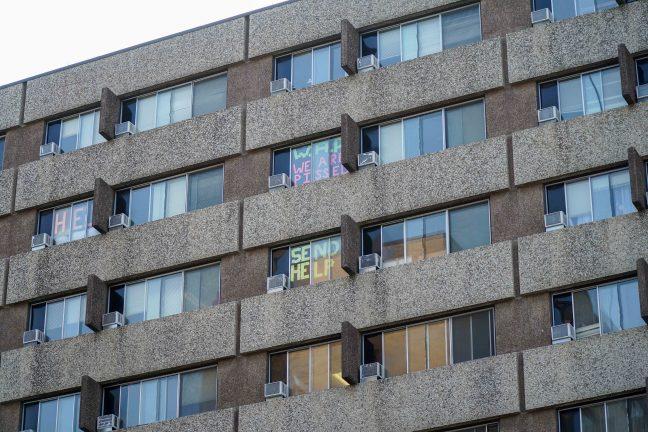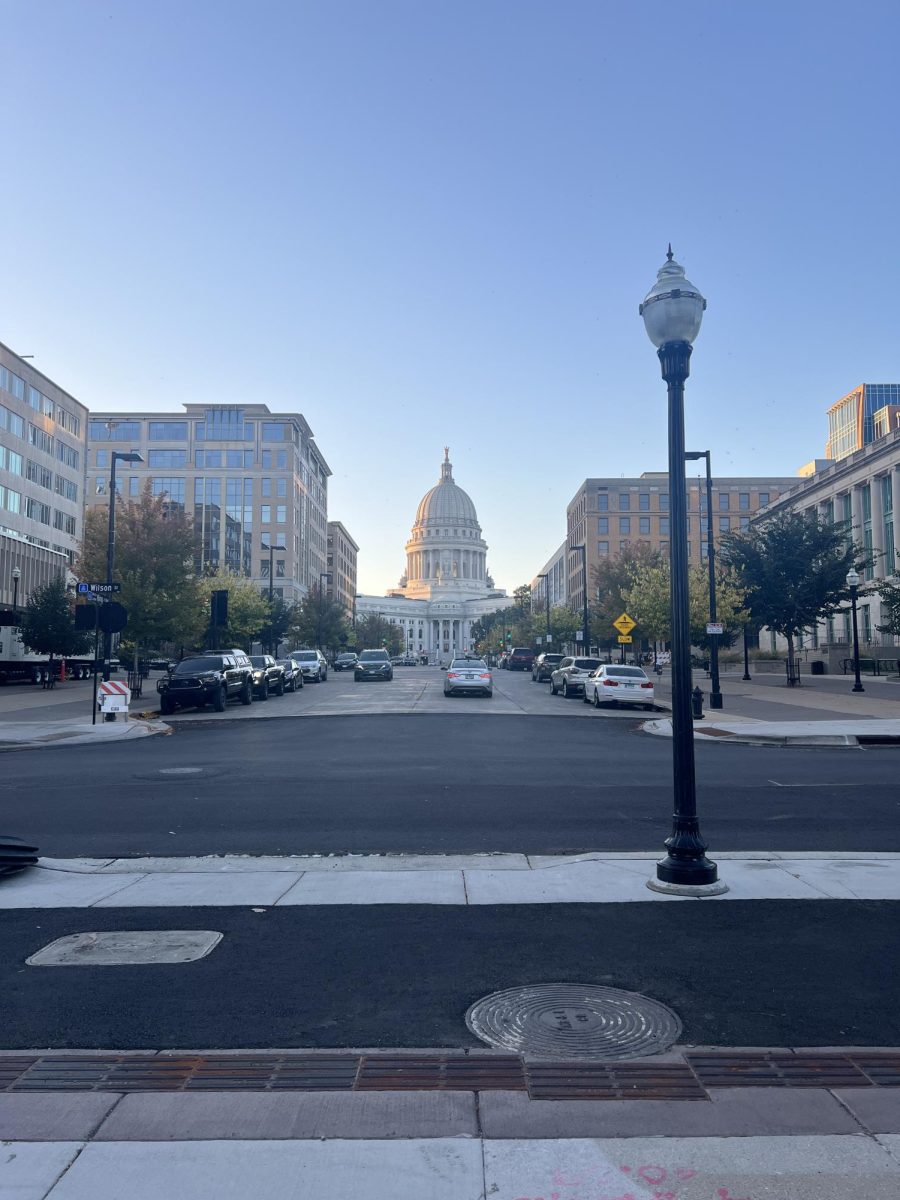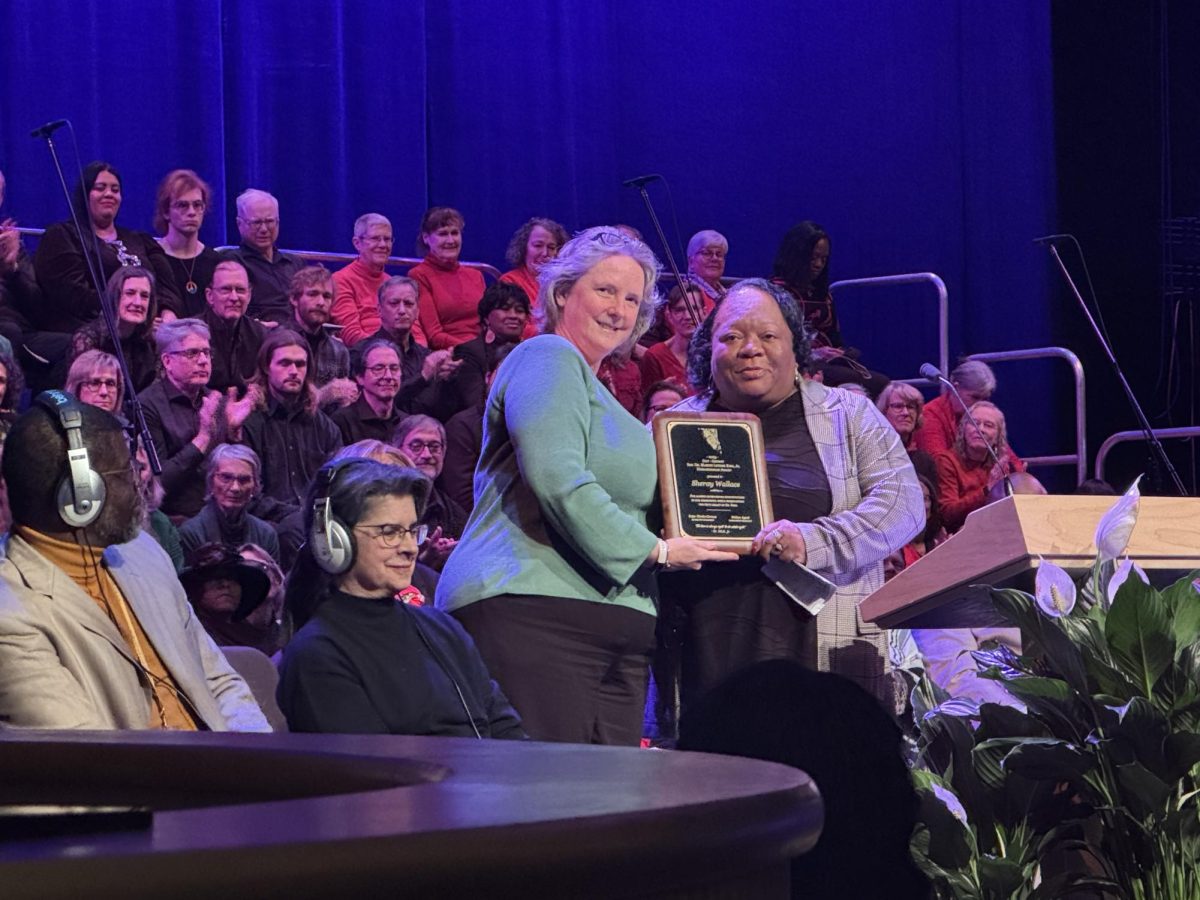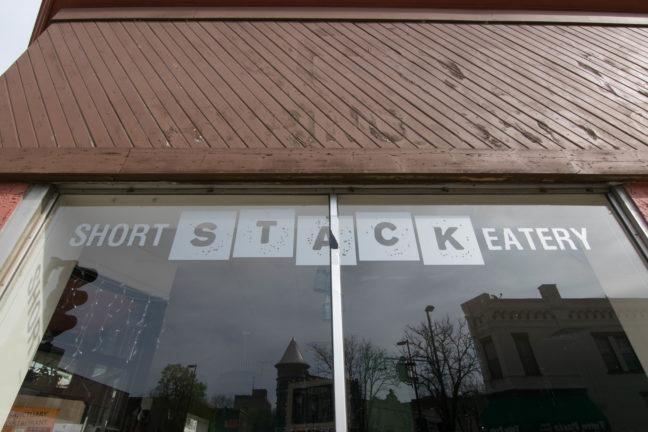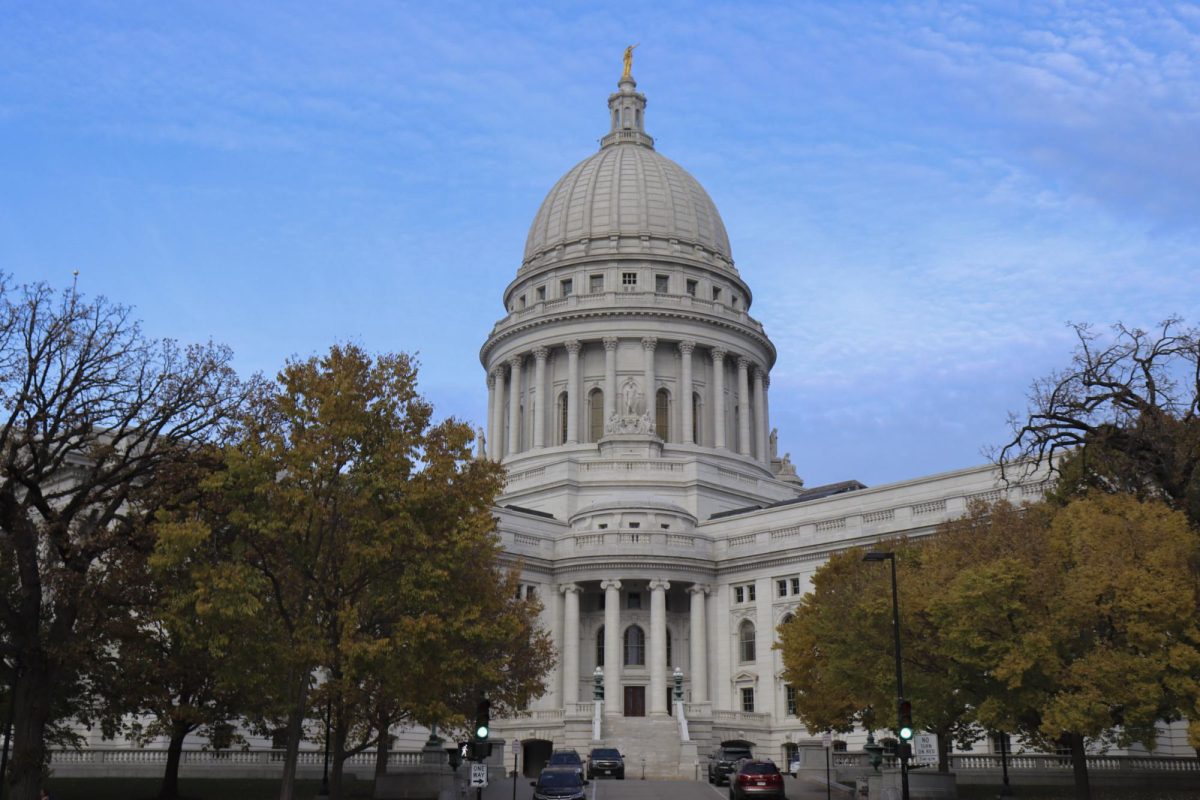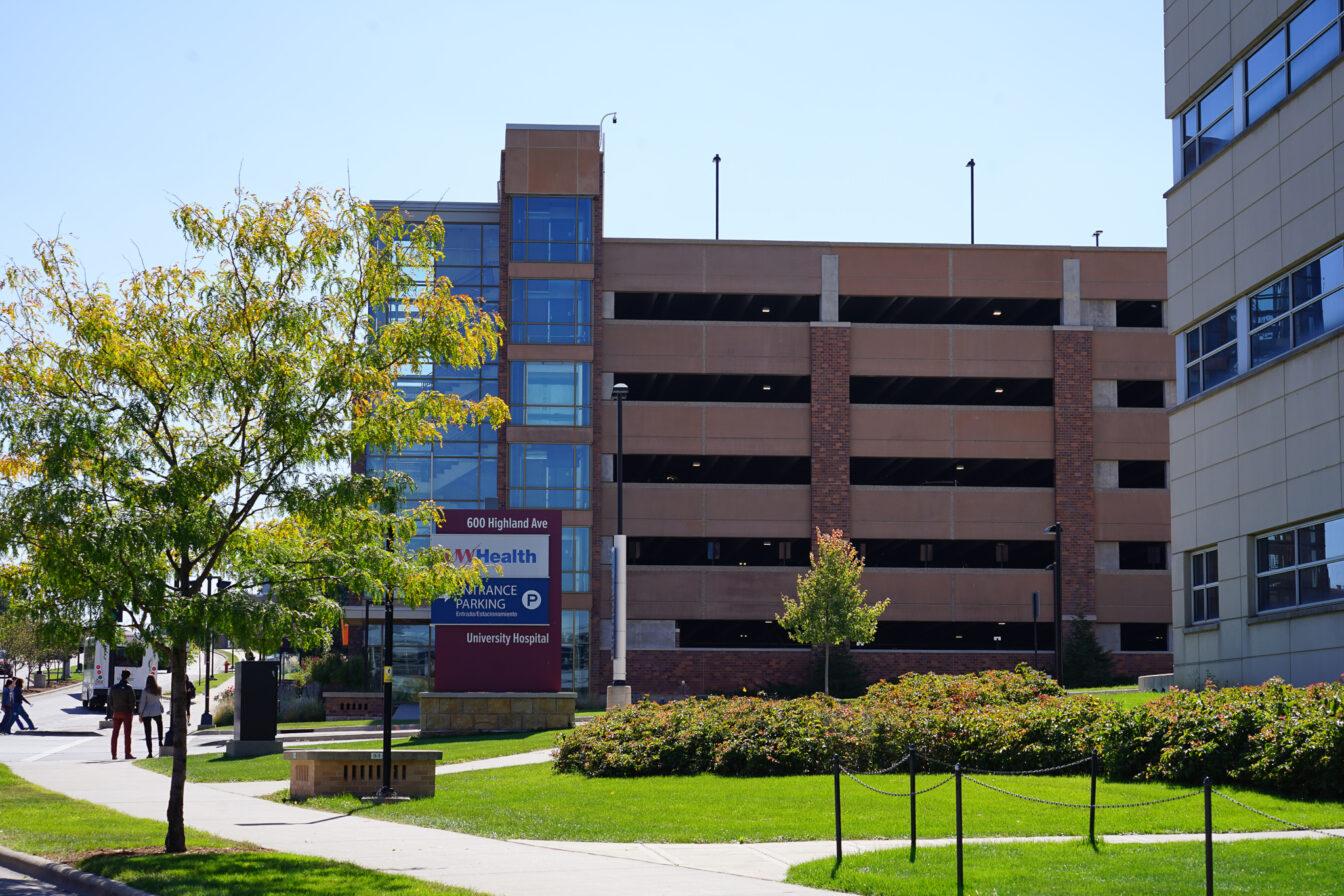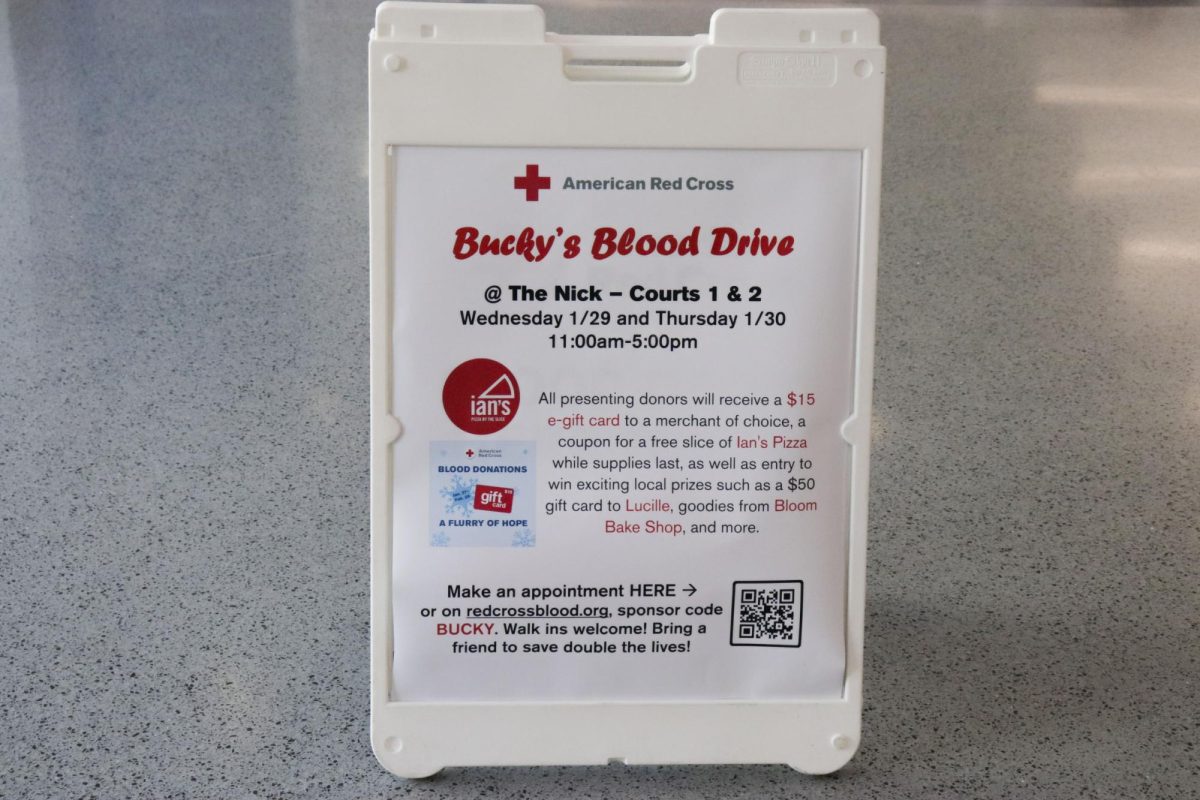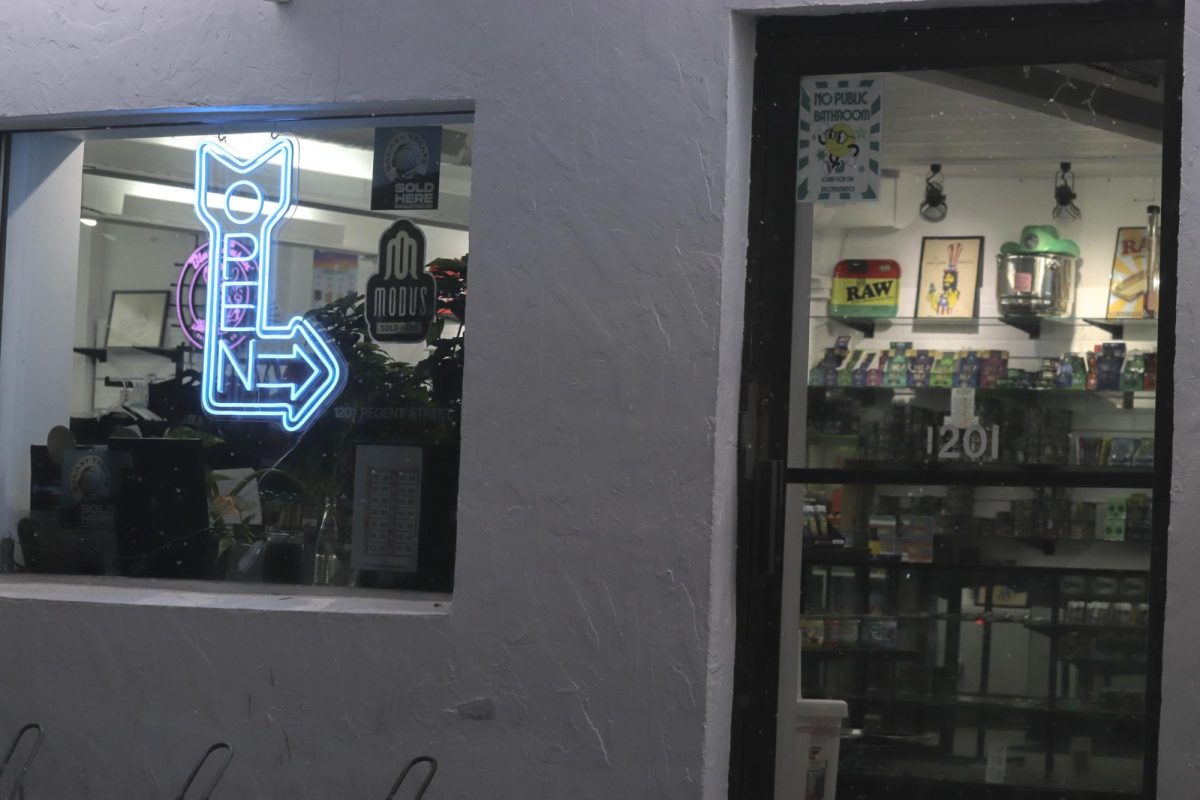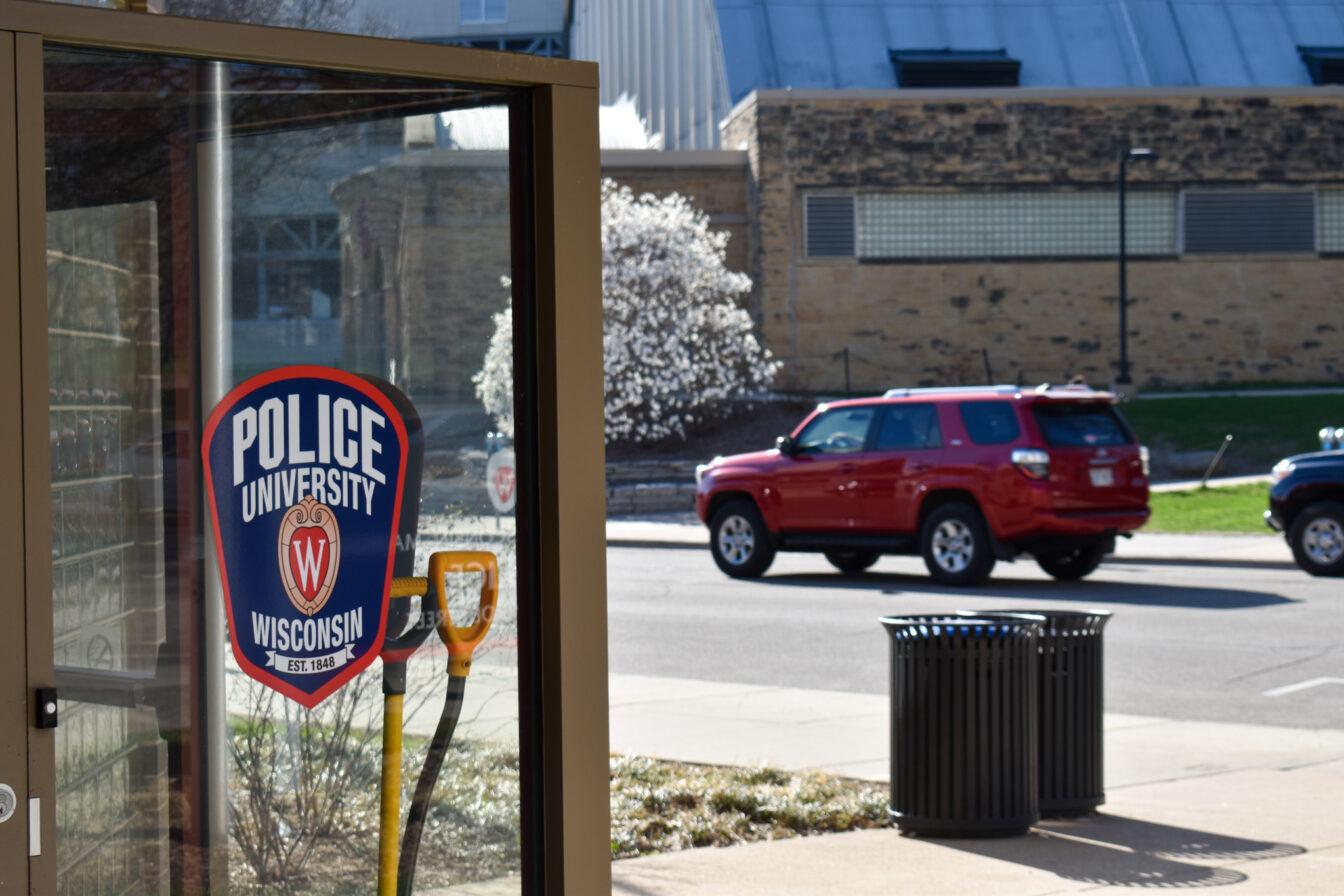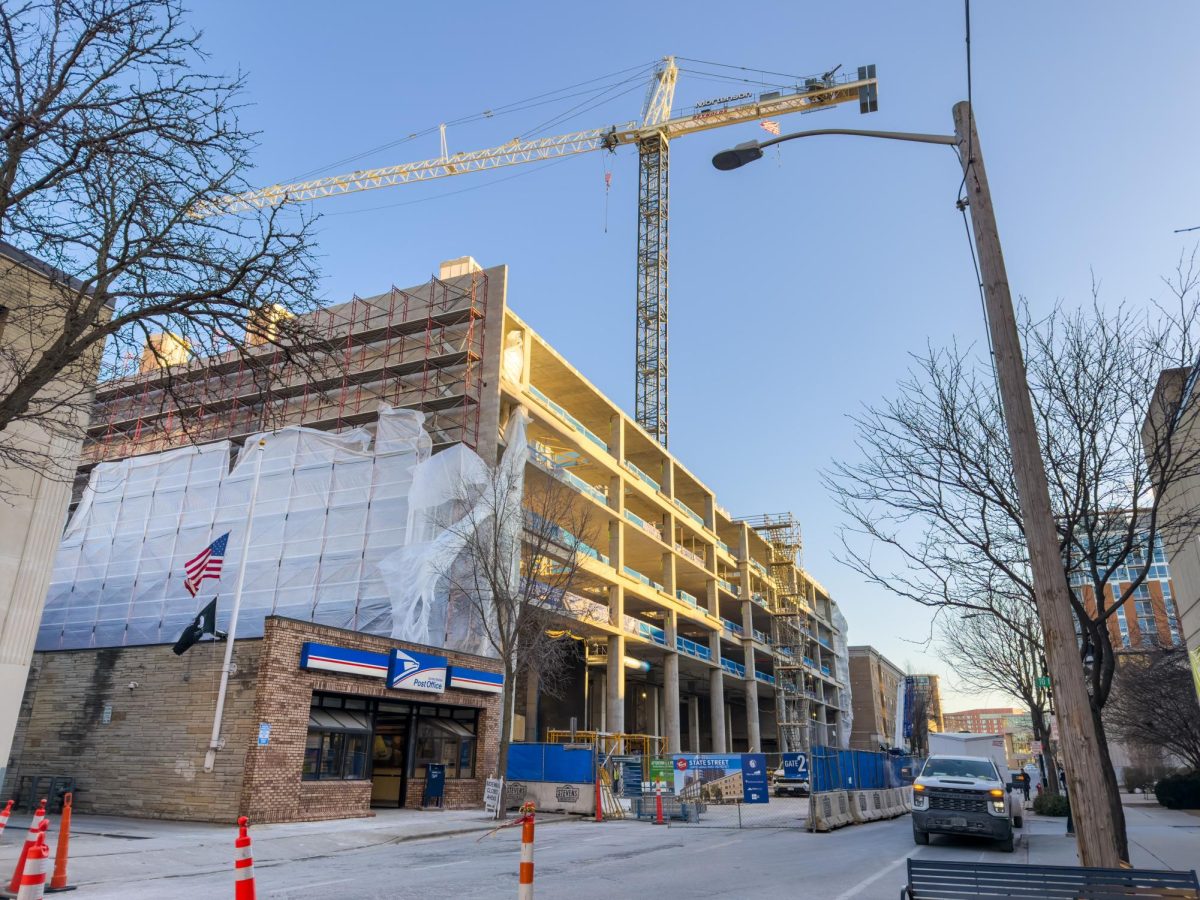University of Wisconsin Chancellor Rebecca Blank and Dane County Executive Joe Parisi recently released statements on UW’s decision to hold in-person classes this semester.
In a press release Sept. 20, Parisi said UW should be thinking of a better plan to keep the hundreds of thousands of non-university Dane County residents safe.
According to the Smart Restart Dashboard, today the rate for students testing positive on campus is 5.7%. UW has taken multiple steps towards lowering COVID-19 positive test result rates, including a mandatory two-week quarantine for UW’s two largest residence halls and pausing in-person class sessions.
Parisi said in an interview with The Herald that one of Dane County’s “frustrations” is that UW doesn’t seem to be prepared to deal with the results of their decision to hold in-person classes.
“I would hope they had a plan in place … UW made this decision to come back in-person on their own,” Parisi said. “They informed us they were going to do it — they didn’t ask us [if] they were going to do it.”
Parisi said the decision to invite 40,000 people back to the University has contributed to Wisconsin’s fast rising number of COVID-19 cases.
While UW System President Tommy Thompson credited this rise to an increase in testing, over the past two weeks testing has actually declined by 24%, Parisi said in the statement.
“[The county] had to absorb a lot of the testing and contact tracing, and we just think the University needs to take responsibility for its actions, and the University needs to recognize and admit that they have a serious problem on their hands, and they need to take steps to mitigate it,” Parisi said.
In a press release, Blank said despite UW’s efforts to educate and enforce their health protocols, people belonging to the 18 to 24 age group have been visiting bars and holding large parties in off-campus apartments.
Blank said UW does not have jurisdiction to shut down gatherings in off-campus areas, and Dane County will likely not see a “rapid decline” in COVID-19 cases until agencies with “enforcement authority” take additional action.
Parisi said bars are currently not open inside if their main business is being a bar. If they are classified as a restaurant they are allowed to have 25% capacity inside, which is a “challenge” with the addition to the campus.
“We have another half million people living in Dane County, and we have a lot of businesses that have been struggling for months and months,” Parisi said. “The University’s decision to come back is making it harder for us to reopen more of those businesses because of the increased numbers of positive tests … Anything that encourages people congregating and being in close proximity … makes the situation challenging.”
Parisi said he wishes UW would take responsibility for their “experiment” to invite students back to campus and move to fully online classes.
Blank said UW could close all resident halls and shift to online instruction, but there will still be tens of thousands of students who will choose to honor their apartment leases and continue to stay in Madison.
“What we’re saying is we’re certainly doing everything we can as a community, but the university’s actions are overloading our capacity and our infrastructure to take care of our community,” Parisi said.
Blank said students are an extremely active and integral part of the same Madison community that Parisi is aiming to protect. Blank said UW would welcome a conversation on how they can work with Dane County to help the community.
Parisi said he has been in contact with Thompson and Blank, and added there is “plenty” of communication.
“Well, I keep asking them what their plan is,” Parisi said. “My fear is that they don’t have one, and I think as a public institution, it’s incumbent upon them to not only have a plan — a plan that’s based on science and based on on measurable metrics — but to share that plan with not only the students but the community in which they exist, and to this point they have not done so.”


